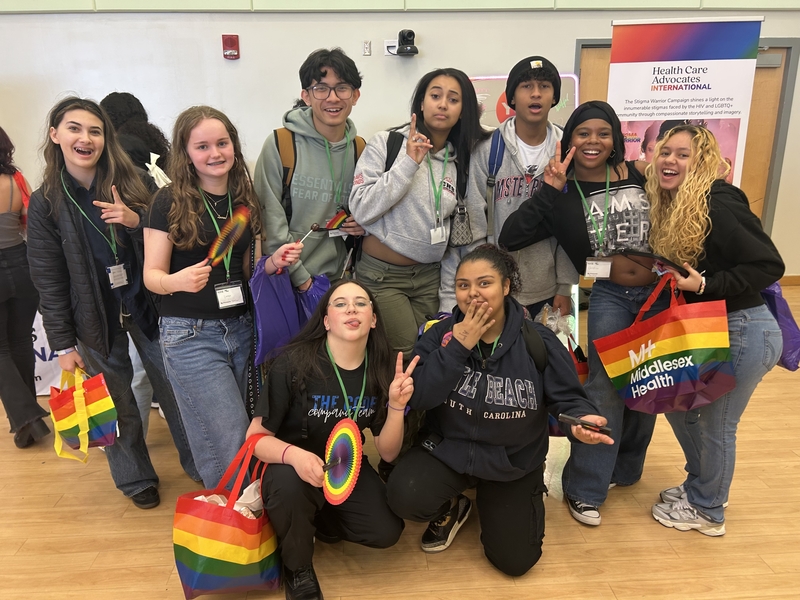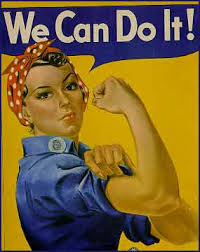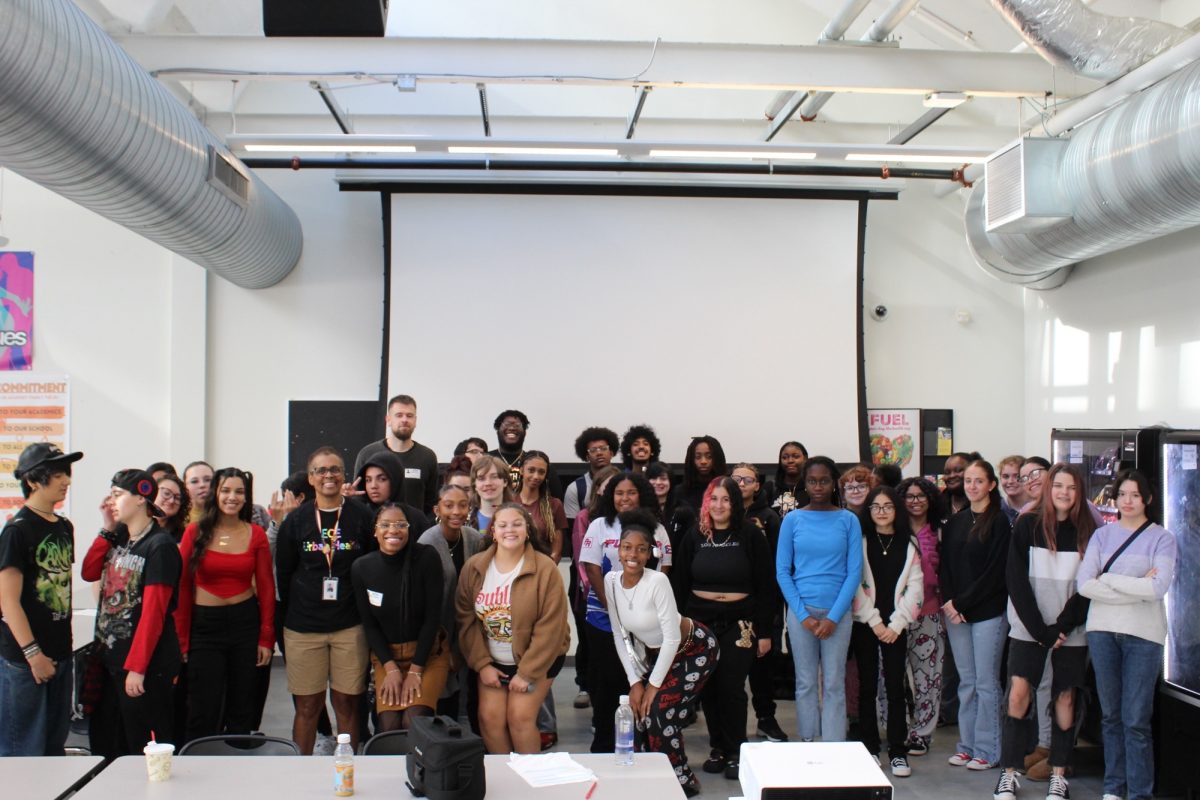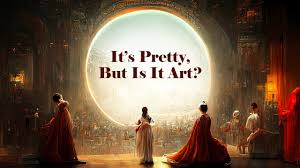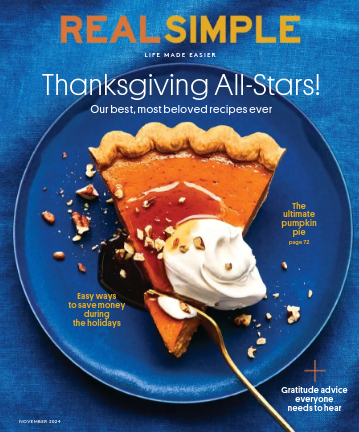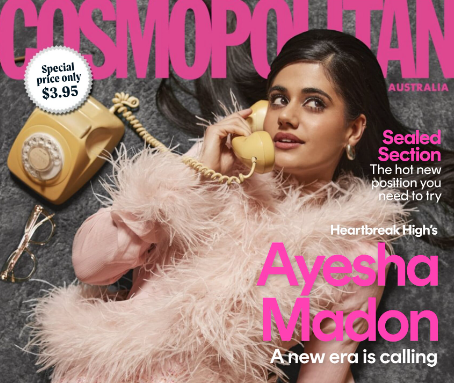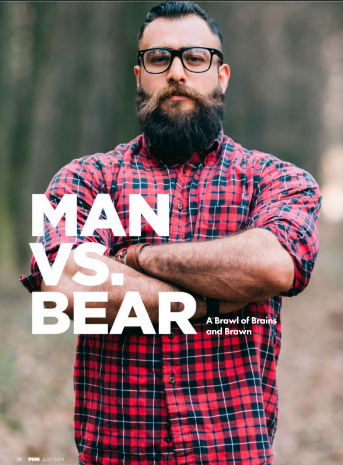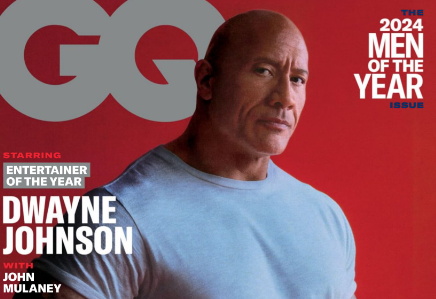Dear Womankind,
I am a man. I am the CEO of magazines, the ones you look at when you’re in a doctor’s office, a restroom, while checking out at a grocery store. Yes, my magazines have articles. They have articles about home decor, baking, makeup, and latest celebrity gossips. But there’s a place where the money really lies, and that’s where you come in. We advertise to you. We show you stills of women who are – at least in our minds – supposed to be like you. Who’s we? Us in authority, us who have the power to decide what we want to advertise to women like you. We could do research to see what you’d actually like, but we know what works. We reinforce what we’ve constructed. That you aren’t pretty enough, or whatever enough, and you need our product to fix that. We open a void, and profit from your begging to close it shut. Of course, we CEOs are not the creative minds, the filmmakers, the lighting technicians, or the talent; in fact, we do nothing but sign our approval with our Gucci pens. However, we make the money. That’s what we really care about anyway: the money. So we force insecurities onto you and in turn addictions to buy, buy, buy.
If I were a real CEO of a company like Calvin Klein or Vogue I would never say all this. These corporate men in office penthouses really do only care about the money. They are so far gone that they are almost no longer human. But we all love money, so why is what they do so wrong?
Advertisements have become an integral part of our daily lives, influencing our perceptions, attitudes, and behaviors, as told in chapter 7 of John Berger’s Ways of Seeing; “Usually it is we who pass the image -…yet despite this, one has the impression that publicity images are continually passing us, like express trains on their way to some distant terminus” (Berger 130). However, a closer examination of these advertisements reveals a disturbing trend – the sexualization of women. The objectification of women’s bodies has become a common marketing strategy, reducing them to mere sexual objects rather than real humans. Why does this happen? Of course, this is in every type of media, but most focused in photo ads, like in magazines. Why magazines? Magazines have been around for a long time, and are easily accessible to almost everyone. Everyone goes to the doctor and is bored in the waiting room, so they read the provided magazines. Everyone waits in the checkout line, and is distracted by the flashing colors and photoshopped beyond belief celebrities that make women say, “They’re my age; why don’t I look like them?” The answer lies obviously there, but is difficult to understand. Money. 40-60 year old celebrities often get work done that gives them an uncanny valley feeling. We’re used to seeing our grandmothers and grandfathers worn-by-time faces, the lines on their faces retelling the memories of their smiles. Companies tell us there is something wrong, something ugly about these proofs of memories. It’s only the selfishness of money that can make one say pure human joy is ugly.
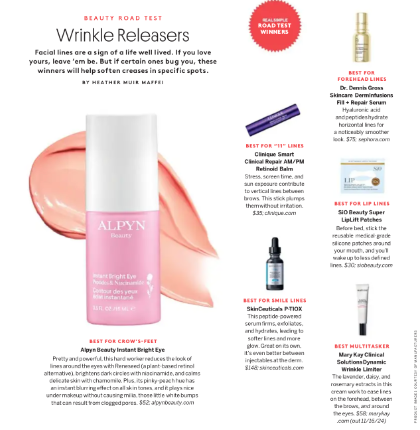
Have you heard the saying that money makes the world go round? Well it does. As a human species, we crave and desire. As cavemen, we survived off this craving because it encouraged us to get out of our caves and kill a boar, a mammoth, just to stay alive. To eat.
Eating is something very complicated for humans. They say there are seven deadly sins. Now, I am not a religious person, but I do believe fundamentally there are some things one should never do. Gluttony is one of these sins, and gluttony can be defined in many different ways. The simple, look-it-up-on-google definition is “habitual greed or excess in eating” but I believe gluttony can also be the excess consumption of anything at all. There is consumption in every level of advertisements.
Level one: The one being advertised to: Consumes the products. Feeds and poisons themselves with the feeling of having it all. With the desire of having the brand new whatever.
Level two: The creatives (photographers, etc): Consumes the work. Feeds and poisons themselves with the rush of the job, the desire to create, even if they don’t believe in what they’re creating.
Level three: The 1%: Consumes the money. Even though the creatives get paid, and the everyday person gets coupons, or savings, the only one truly gaining something of value from this experience – other than mental lessons – is the boss. They poison themselves with the loss of their humanity, their heart.
Not only is the concept of consuming complicated for us, but sometimes the act of eating is too. This can be due to many different things, but the images of impossibly “beautiful” women certainly do not help. Young women all over the world develop eating disorders, sometimes because of body image issues, which are perpetrated by advertisements featuring unrealistic models. It’s gross how “model” means “to be looked up to, to take after” and it’s also the word to describe a small percentage of people who are meant to look perfect. This is yet another exploitation of our pattern-loving minds.
Thinking specifically about sexual exploitation, the amount of this in advertising is crazy. There weren’t many images showing this in the magazine I decided to focus on, as it is a magazine that is marketed towards older women.
One of the most blatant examples of misogyny in advertising is the objectification of women’s bodies. Advertisements often feature women in provocative poses, reducing them to mere sexual objects rather than human beings with agency and autonomy. This kind of objectification is not only degrading but also contributes to a culture of sexual entitlement, where women are seen as mere commodities to be consumed and exploited. “The poses and postures of advertising are often borrowed from pornography, as are many of the themes, such as bondage, sadomasochism, and the sexual exploitation of children” (Kilbourne 2). But what do young men do about this?
One in three women are sexually abused in some way.
Have you ever talked to a child who is homeschooled vs one who has gone to public school? The homeschooled child may be confused by some jokes, especially if they don’t have many friends or have little to no internet access. They may seem nicer, however they could be more emotionally vulnerable. This is because their socialization skills were stunted at a young age. Of course, and as the same with young men who are unfamiliar with women and perhaps don’t understand the true extent of the harm of these advertisements, they can learn, grow, and adapt to the world and life around them. It’s an explanation, not an excuse.
Either way, the way advertising works has been set for centuries. Humans have desires, and those desires are valid, but harming another is not. I’d love to say that the 1% doesn’t realize the harm they are causing, but I realize that’s far too good to be true. As a woman, I believe we as people must realize we have to separate ourselves from ads. It most likely will be difficult, as images of what men define as beauty are shoved in our faces practically since birth, but we are strong. Everything in media is constructed. And you are real.
Digital copy of magazine: https://www.scribd.com/document/788154333/Real-Simple-November-2024-USA



